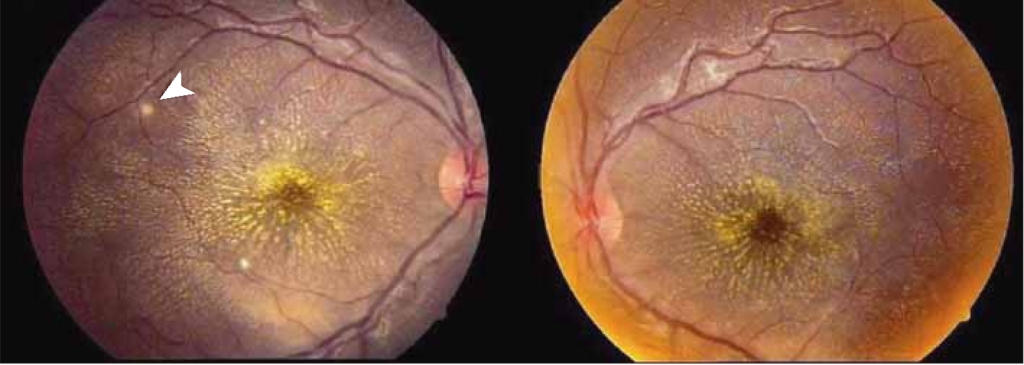Bartonellosis is a bacterial infection caused by various species of the Bartonella bacteria. This infection can present itself in a range of symptoms, some of which may be mild, while others can be severe and chronic. Understanding the causes, symptoms, diagnosis, and treatment options for Bartonellosis is crucial for effective management and prevention.

In this article, we will provide a thorough breakdown of all aspects related to Bartonellosis, offering insights into its clinical presentation, diagnostic methods, and various approaches to treatment. With this information, individuals can better understand how to protect themselves from the disease, as well as how it is diagnosed and treated if contracted.
What Is Bartonellosis?
Bartonellosis is an infectious disease caused by bacteria of the Bartonella genus. The primary species associated with human infections include Bartonella henselae, Bartonella bacilliformis, and Bartonella quintana. These bacteria are transmitted primarily through bites, scratches, or contact with animals like cats, fleas, or lice. Some strains can also be transmitted through blood transfusions or contact with contaminated needles.
While Bartonellosis is often associated with “cat scratch fever,” it can also manifest as more serious forms of illness, including bacteremia, endocarditis, and even neurological complications.
Common Causes and Transmission
The most common cause of Bartonellosis is exposure to Bartonella bacteria, typically transmitted through:
- Cat Scratch or Bite: The most recognized route of infection is through a scratch or bite from an infected cat. Cats, particularly kittens, are known to harbor the bacteria, and fleas play a significant role in the bacteria’s transmission.
- Flea Bites: Fleas carry Bartonella bacteria and can transmit them to humans when they bite. This is common in households with flea infestations.
- Lice and Other Insects: Lice, as well as other insects like sand flies and mosquitoes, are also known vectors for specific strains of Bartonella.
- Blood Transfusion or Needle Exposure: In rare cases, Bartonellosis can be transmitted through contaminated blood transfusions or shared needles, posing a risk to individuals with exposure to these scenarios.
Symptoms of Bartonellosis
The symptoms of Bartonellosis can vary depending on the species of Bartonella involved and the severity of the infection. The clinical presentation typically ranges from mild to severe. Some of the most common symptoms include:
Cat Scratch Fever (Bartonella henselae)
- Lymph Node Swelling: The hallmark sign of Bartonella henselae infection is the swelling of lymph nodes, often around the site of the scratch or bite. This condition is commonly referred to as “cat scratch fever.”
- Fever and Malaise: Patients often experience a low-grade fever and general feelings of fatigue or malaise.
- Headache and Muscle Pain: Headaches, muscle pain, and sore joints are frequent complaints associated with the disease.
- Rash: A rash may appear, though it is not always present.
More Severe Forms of Bartonellosis
- Bacteremia and Endocarditis: In more severe cases, especially in immunocompromised individuals, Bartonella can cause bacteremia (bacteria in the bloodstream) and lead to endocarditis, an infection of the heart valves.
- Neurological Symptoms: Chronic Bartonellosis can result in neurological complications, including headaches, confusion, and visual disturbances.
- Ocular Issues: In rare instances, Bartonella infections can lead to eye-related issues such as conjunctivitis, retinal disease, or vision loss.
How Is Bartonellosis Diagnosed?
Accurate and timely diagnosis of Bartonellosis is crucial to ensure appropriate treatment. However, diagnosing this infection can be challenging due to the nonspecific nature of its symptoms and the fact that it may mimic other conditions.
Diagnostic Methods
- Clinical Evaluation: A thorough evaluation of the patient’s symptoms, medical history, and potential exposure to infected animals is the first step in diagnosing Bartonellosis.
- Blood Tests: Blood cultures may help identify the presence of Bartonella bacteria, though they can be difficult to grow in the laboratory.
- Serology: Antibody testing can detect Bartonella infection by identifying the body’s immune response to the bacteria.
- Polymerase Chain Reaction (PCR): PCR testing is one of the most accurate methods for detecting Bartonella DNA in blood or tissue samples.
Treatment Options for Bartonellosis
The treatment approach for Bartonellosis varies depending on the severity of the infection and the species of Bartonella involved. In most cases, antibiotics are used to manage the infection.
First-Line Antibiotics
- Azithromycin: This macrolide antibiotic is often the treatment of choice for mild cases of cat scratch fever and other Bartonella infections.
- Doxycycline: This tetracycline antibiotic is frequently prescribed for more serious infections, including cases of Bartonella endocarditis.
- Rifampin: This antibiotic is sometimes used in combination with others to treat chronic or persistent infections.
- Chloramphenicol: For severe cases of Bartonella infection, especially in immunocompromised patients, chloramphenicol may be prescribed.
Managing Chronic Bartonellosis
In cases where Bartonellosis becomes chronic or results in ongoing symptoms such as fatigue and headaches, extended courses of antibiotics may be necessary. Supportive treatments, such as anti-inflammatory medications, may also be recommended to alleviate symptoms.
Preventing Bartonellosis
Preventing Bartonellosis requires reducing the risk of exposure to Bartonella-infected animals or insects. Key prevention strategies include:
- Avoiding Cat Scratches or Bites: Keeping cats indoors and ensuring that they are flea-free can reduce the risk of exposure.
- Good Hygiene Practices: Washing hands after handling animals, especially cats, and avoiding touching the face or mouth after contact can help prevent infection.
- Flea Control: Regular use of flea preventatives for pets and treating the home for fleas can help reduce the risk of transmission.
- Avoiding Lice and Flea Exposure: People should take precautions to avoid lice and flea infestations, especially in areas where Bartonella infections are more common.
MYHEALTHMAG

